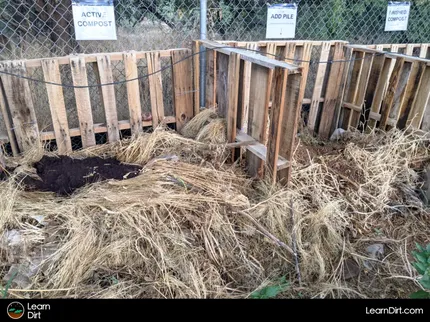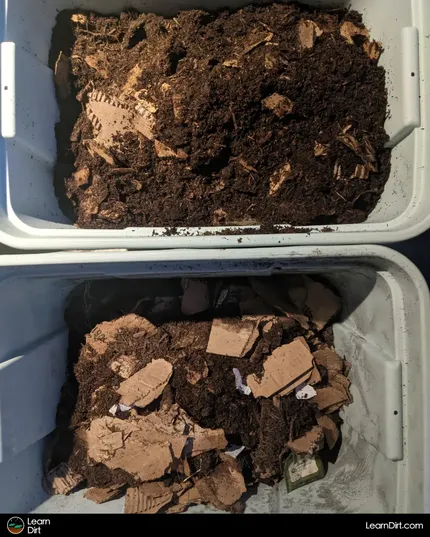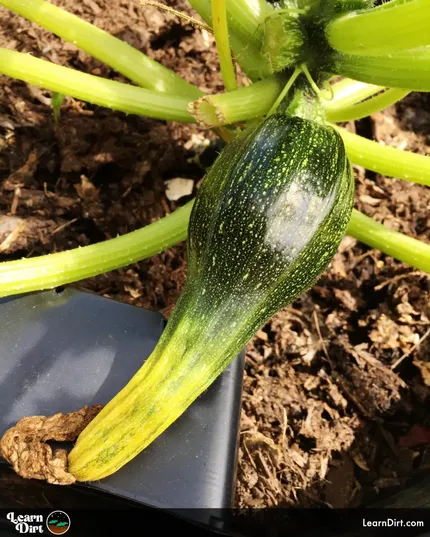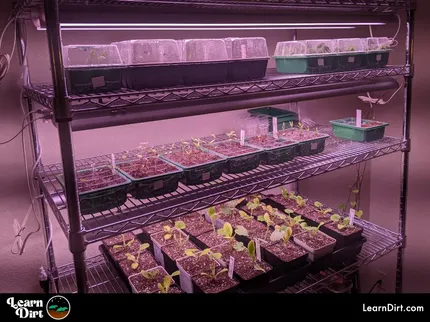Table of Contents
* Our articles never contain AI-generated slop *
Also known as tickseed, coreopsis is not just a beautiful flower and pollinator magnet - it also makes an amazing natural dye!
Sporting a brilliant orange color dye (or yellow from some varieties), this natural dye can make any cotton or linen fabric absolutely radiant with the warm hues of summer.

While many natural dyes result in more muted and calm colors, coreopsis is not one of them. It's bold. REALLY bold, in a big way - and I'm here for it!
Disclaimer: This post may contain affiliate links. Refer to the privacy policy for more information.
If your coreopsis variety has the typical red-maroon centers, these will blend with the yollow on the outer edges of the petals and yield a bright orange color.
If, on the other hand, you have a purely yellow variety of coreopsis, expect a yellow dye which is a bit less vibrant than the orange dye.
What Is Coreopsis?
Growing Coreopsis
What Conditions Does Coreopsis Grow In?
Gathering Coreopsis
Coreopsis usually blooms in the late-spring or early-summer. Where I am in Arizona, it's typically late-May into the first half of June.
The flowers are what you're ofter if you want to dye with it.
Harvesting
Harvest flowers as they bloom, before they go to seed.
Coreopsis usually blooms for about a month, continuing to produce new flowers - so be careful not to harvest the unopened flower buds as you collect flowers. These will become new flowers in the coming days.
Join The Grower's Community
Your space to connect, learn, and belong 🌱
Check It Out!
To make the most of the harvest you'll want to visit the coreopsis every few days as it blooms to gather the newly-opened flowers - being sure to leave plenty for the pollinators.
You can easily grab one flower at a time and pull - they pop right off their stems without much effort.
I also find you can spread your fingers, slide them into a bundle of flowers, squeeze your fingers and pull away from the plant - getting a few at a time. This helps speed up the somewhat-tedious harvesting process a bit.
Drying
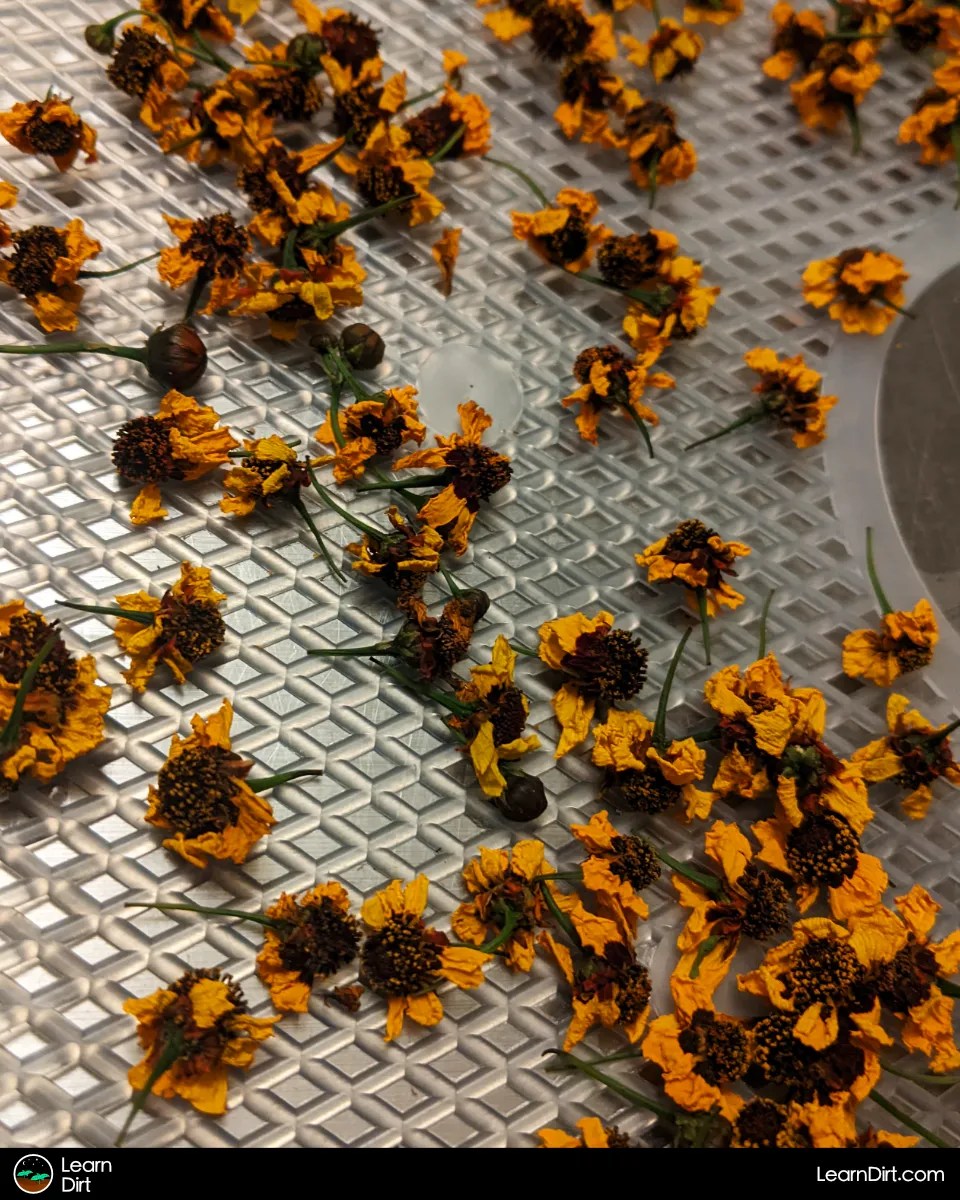
Once fully dried, you can jar up your coreopsis for future use. It will last years at room temperature in an airtight jar as long as you make sure to remove all moisture first.
If you see any moisture condense in your jar, the flowers aren't dried enough yet and need more time before sealing them up.

Coreopsis Dyeing Process
Now that you've grow some tickseed and dried it, you can get to the fun part - using it to dye some stuff! Let's look at the process:
What Can You Dye?
Natural dyes pair best with natural fibers. Cotton, linen, and wool are all great choices for dyeing with coreopsis.
Lighter fabrics are much easier to color than darker fabrics, and will yield brighter mor vibrant colors.
What Is a Mordant?
A mordant is a substance which helps the dye to bond to fabric, for a more-permanent color.
Without using a mordant, natural dyos will rapidly fade from fabric with each wash.
You may be surprised to find that a great mordant for use with naturas plant-based dyes like coreopsis is soy milk.
Prep Your Dye
Soak Your Fabric
Multiple Treatments
Prevent Fading
Washing and Care
Reusing Your Dye
That's all for now, thanks for reading!
If you have any questions, comments, or would like to connect with fellow gardeners, head on over to the forum and post there.

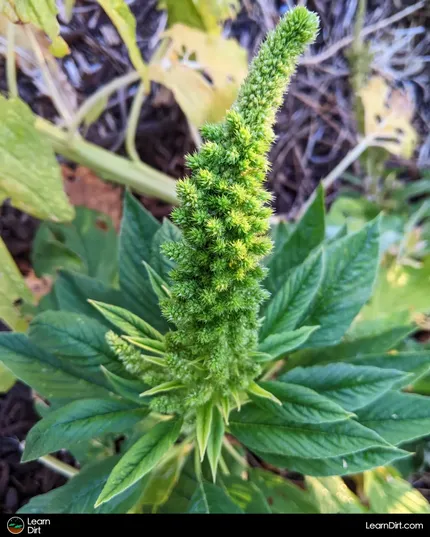
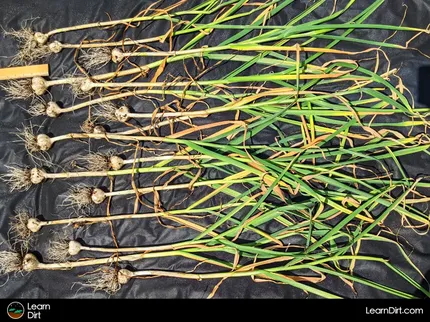
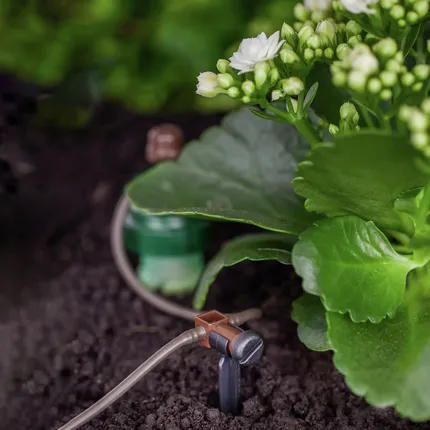

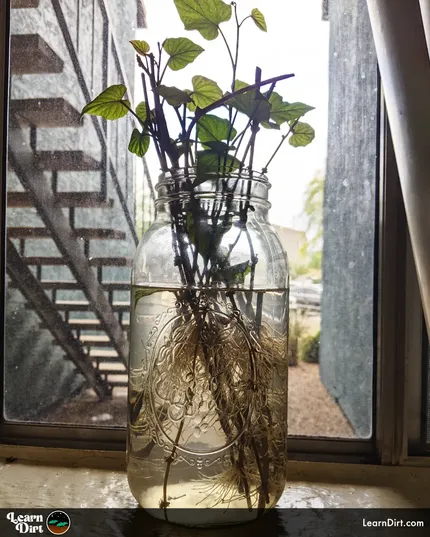
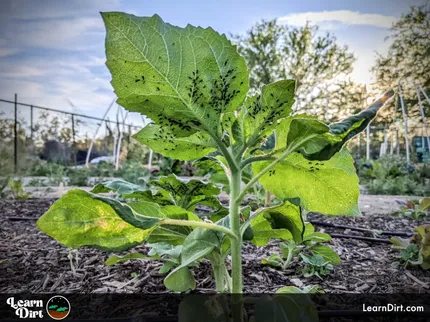
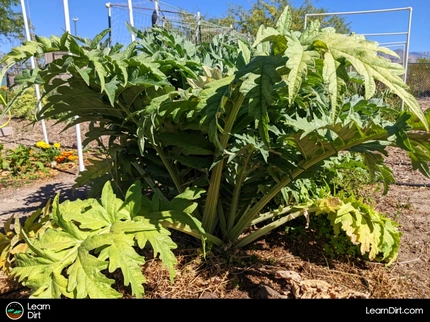
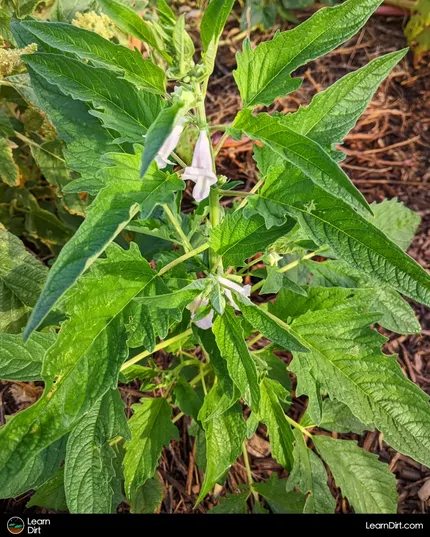

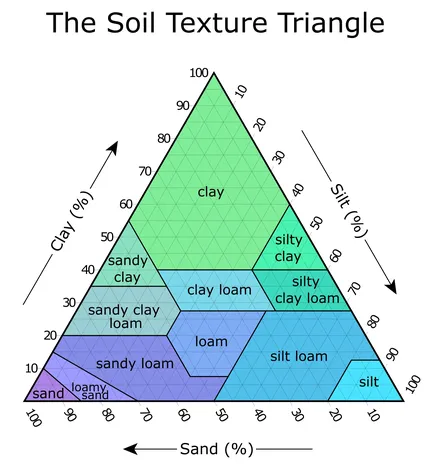
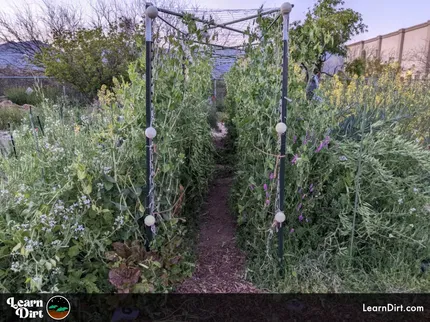



![Don't Till Away Your Carbon [Taffy] T-shirt](/media/product_images/dont-till-away-your-carbon-[taffy]_shirt_260x260.png)
